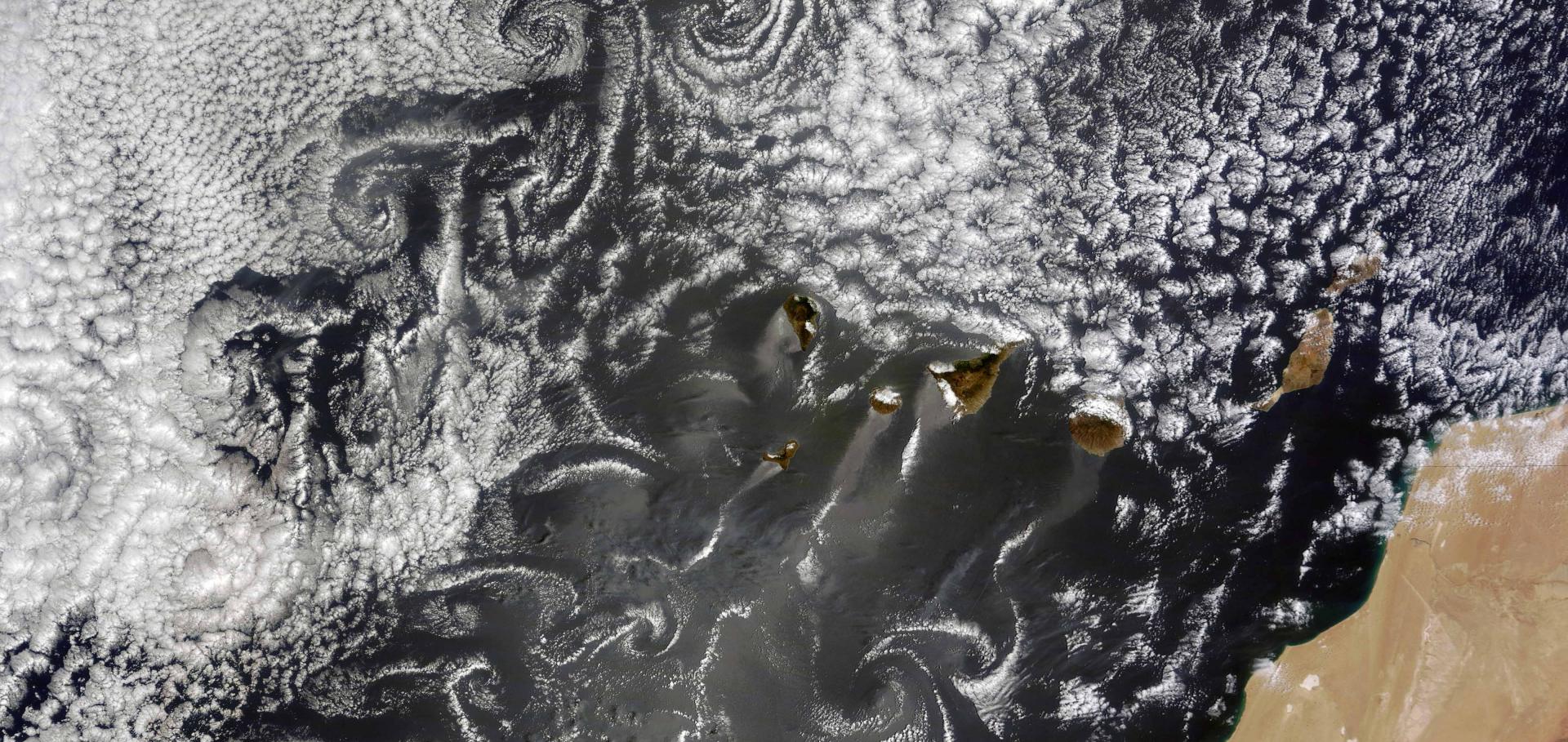SALSA2.0: The sectional aerosol module of the aerosol-chemistry-climate model ECHAM6.3.0-HAM2.3-MOZ1.0
Abstract:
In this paper, we present the implementation and evaluation of the aerosol microphysics module SALSA2.0 in the framework of the aerosol-chemistry-climate model ECHAM-HAMMOZ. It is an alternative microphysics module to the default modal microphysics scheme M7 in ECHAM-HAMMOZ. The SALSA2.0 implementation is evaluated against the observations of aerosol optical properties, aerosol mass, and size distributions. We also compare the skill of SALSA2.0 in reproducing the observed quantities to the skill of the M7 implementation. The largest differences between SALSA2.0 and M7 are evident over regions where the aerosol size distribution is heavily modified by the microphysical processing of aerosol particles. Such regions are, for example, highly polluted regions and regions strongly affected by biomass burning. In addition, in a simulation of the 1991 Mt Pinatubo eruption in which a stratospheric sulfate plume was formed, the global burden and the effective radii of the stratospheric aerosol are very different in SALSA2.0 and M7. While SALSA2.0 was able to reproduce the observed time evolution of the global burden of sulfate and the effective radii of stratospheric aerosol, M7 strongly overestimates the removal of coarse stratospheric particles and thus underestimates the effective radius of stratospheric aerosol. As the mode widths of M7 have been optimized for the troposphere and were not designed to represent stratospheric aerosol the ability of M7 to simulate the volcano plume was improved by modifying the mode widths decreasing the standard deviations of the accumulation and coarse modes from 1.59 and 2.0, respectively, to 1.2. Overall, SALSA2.0 shows promise in improving the aerosol description of ECHAM-HAMMOZ and can be further improved by implementing methods for aerosol processes that are more suitable for the sectional method, e.g size dependent emissions for aerosol species and size resolved wet deposition.Quantifying the Effects of Horizontal Grid Length and Parameterized Convection on the Degree of Convective Organization Using a Metric of the Potential for Convective Interaction
Abstract:
Erratum: Strong constraints on aerosol-cloud interactions from volcanic eruptions.
Abstract:
This corrects the article DOI: 10.1038/nature22974.Aerosols at the poles: an AeroCom Phase II multi-model evaluation
Abstract:
Atmospheric aerosols from anthropogenic and natural sources reach the polar regions through long-range transport and affect the local radiation balance. Such transport is, however, poorly constrained in present-day global climate models, and few multi-model evaluations of polar anthropogenic aerosol radiative forcing exist. Here we compare the aerosol optical depth (AOD) at 550 nm from simulations with 16 global aerosol models from the AeroCom Phase II model intercomparison project with available observations at both poles. We show that the annual mean multi-model median is representative of the observations in Arctic, but that the intermodel spread is large. We also document the geographical distribution and seasonal cycle of the AOD for the individual aerosol species: black carbon (BC) from fossil fuel and biomass burning, sulfate, organic aerosols (OAs), dust, and sea-salt. For a subset of models that represent nitrate and secondary organic aerosols (SOAs), we document the role of these aerosols at high latitudes.
The seasonal dependence of natural and anthropogenic aerosols differs with natural aerosols peaking in winter (sea-salt) and spring (dust), whereas AOD from anthropogenic aerosols peaks in late spring and summer. The models produce a median annual mean AOD of 0.07 in the Arctic (defined here as north of 60° N). The models also predict a noteworthy aerosol transport to the Antarctic (south of 70° S) with a resulting AOD varying between 0.01 and 0.02. The models have estimated the shortwave anthropogenic radiative forcing contributions to the direct aerosol effect (DAE) associated with BC and OA from fossil fuel and biofuel (FF), sulfate, SOAs, nitrate, and biomass burning from BC and OA emissions combined. The Arctic modelled annual mean DAE is slightly negative (−0.12 W m−2), dominated by a positive BC FF DAE in spring and a negative sulfate DAE in summer. The Antarctic DAE is governed by BC FF. We perform sensitivity experiments with one of the AeroCom models (GISS modelE) to investigate how regional emissions of BC and sulfate and the lifetime of BC influence the Arctic and Antarctic AOD. A doubling of emissions in eastern Asia results in a 33 % increase in Arctic AOD of BC. A doubling of the BC lifetime results in a 39 % increase in Arctic AOD of BC. However, these radical changes still fall within the AeroCom model range.


